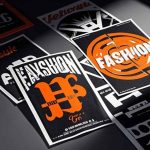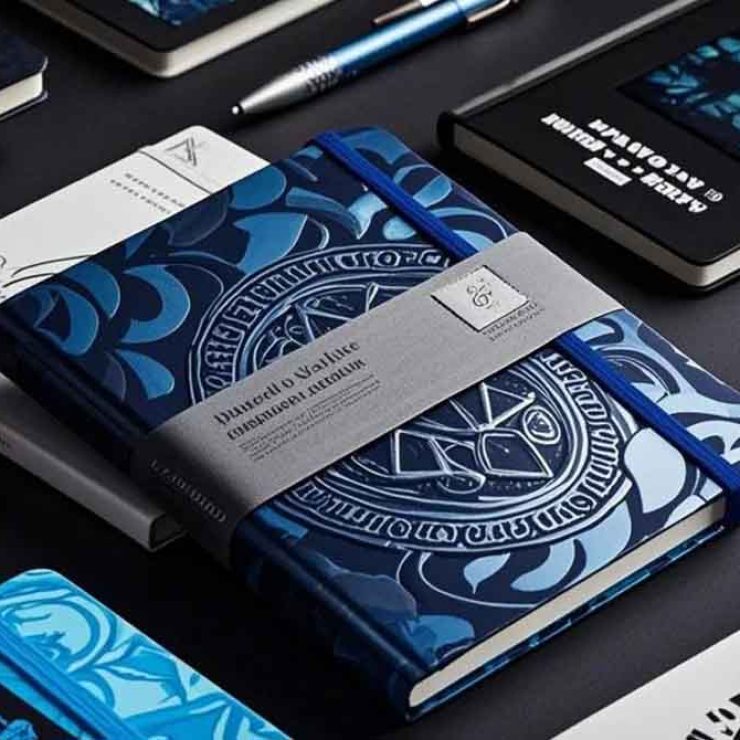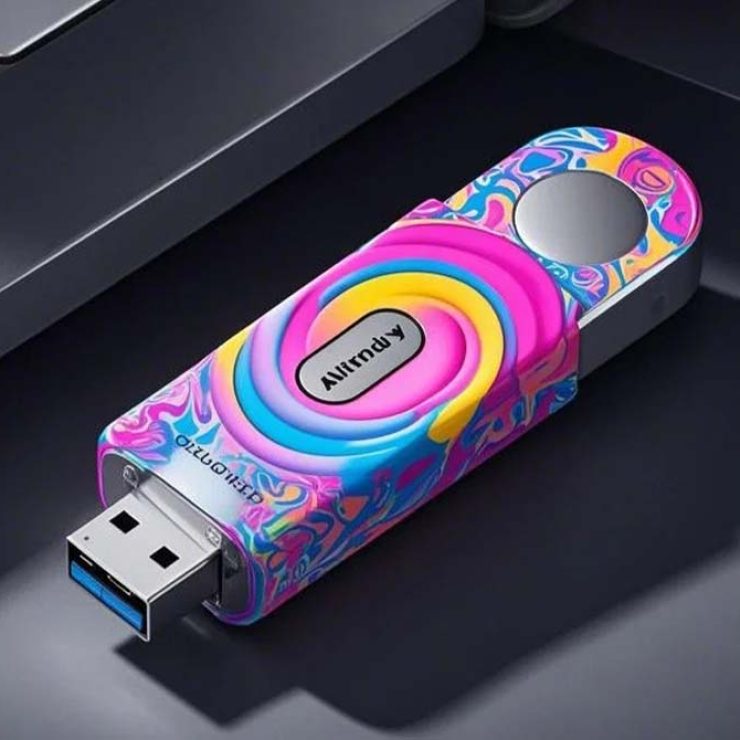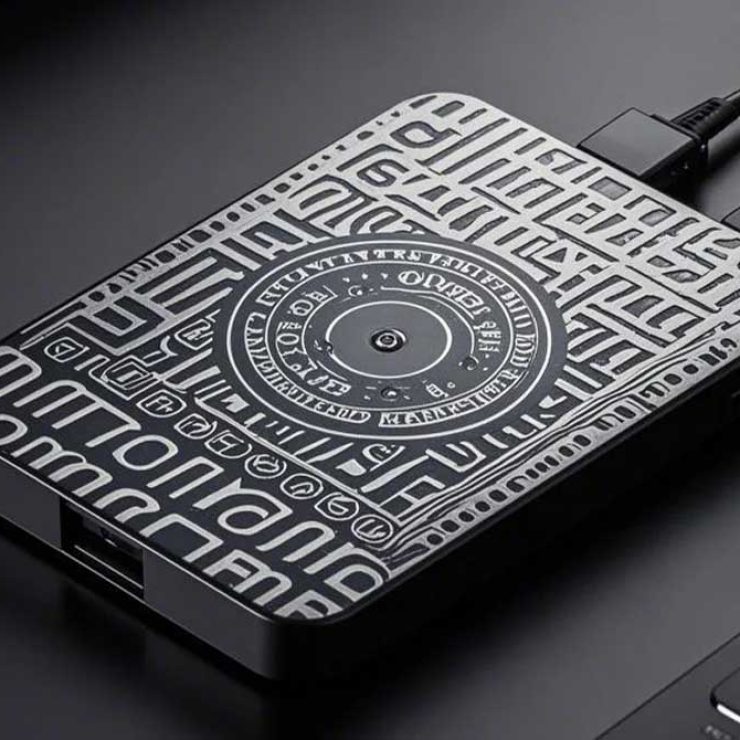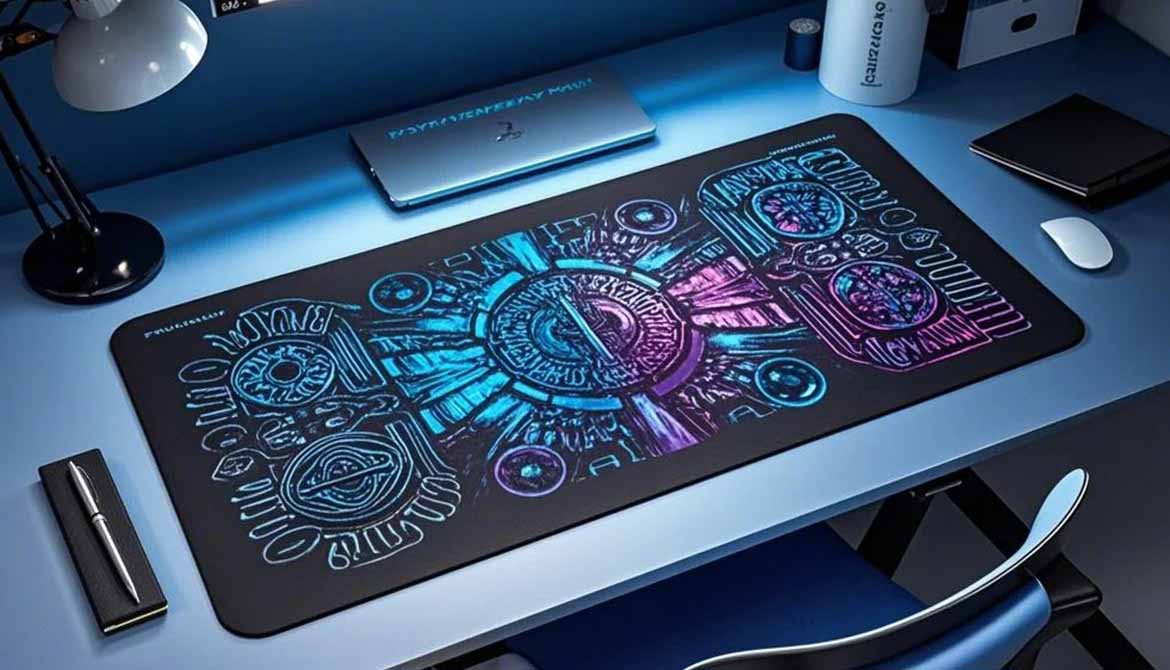
Desk Mat

Material
Rubber/Neoprene, Woven Polyester

Finishing
Compounding, Calendering, Embossing

Printing
Screen Printing, Laser Etching, Digital Printing, Etc.

ECO
Recycled Rubber, Organic Fabrics
- 1. Design & Material Selection
- Design Specifications: Determine size, thickness, edge style (stitched, rolled, or laser-cut), and surface texture (smooth for tracking, textured for grip).
- Material Choices:
- Base Layer:
- Rubber/Neoprene: Non-slip, cushioned base (common for standard mats).
- Plastic/Hard Surface: Rigid mats for gaming (e.g., polycarbonate or tempered glass).
- Eco-Friendly Options: Recycled rubber, cork, or biodegradable plastics.
- Top Layer:
- Cloth/Fabric: Woven polyester or microfiber for smooth mouse glide.
- Plastic/Hybrid: Hard-coated surfaces for speed (common in gaming mats).
- Base Layer:
2. Material Preparation
- Rubber/Neoprene Mats:
- Compounding: Raw rubber is mixed with additives (sulfur, carbon black) for elasticity and UV resistance.
- Calendering: Rolled into uniform sheets (2–5 mm thick).
- Embossing: Textured patterns pressed into the base for grip.
- Cloth Mats:
- Weaving/Knitting: Fabric is produced and treated with anti-fray coatings.
- Lamination: Bonded to a rubber/foam base using heat-activated adhesives.
3. Printing & Customization
- Screen Printing: For simple logos/designs on rubber or cloth (ink sits atop the surface).
- Sublimation Printing: Dye infused into fabric under heat for vibrant, fade-resistant graphics.
- Laser Etching: Used on hard plastic/glass mats for precise, permanent designs.
- Embroidery: Raised logos on fabric mats (less common).
4. Cutting & Shaping
- Die-Cutting: Steel rule dies or CNC machines cut mats into standard sizes (e.g., 25×20 cm) or custom shapes (e.g., ergonomic designs).
- Edge Finishing:
- Rubber/Neoprene: Edges sealed with polymer coating or heat-treated to prevent fraying.
- Cloth: Stitched with nylon thread for durability.
- Hard Mats: Polished edges (e.g., tempered glass) to ensure safety.
5. Quality Control
- Surface Testing: Ensure smooth tracking for optical/laser mice.
- Durability Checks:
- Rub tests for printed designs.
- Bend tests for rubber/fabric flexibility.
- Safety Compliance: Verify non-toxic materials (e.g., RoHS, REACH standards).
6. Packaging
- Flat-Packing: Mats are rolled (cloth/rubber) or stacked (hard mats) in recyclable sleeves/boxes.
- Retail Branding: Custom inserts, hangtags, or QR codes linking to product info.

